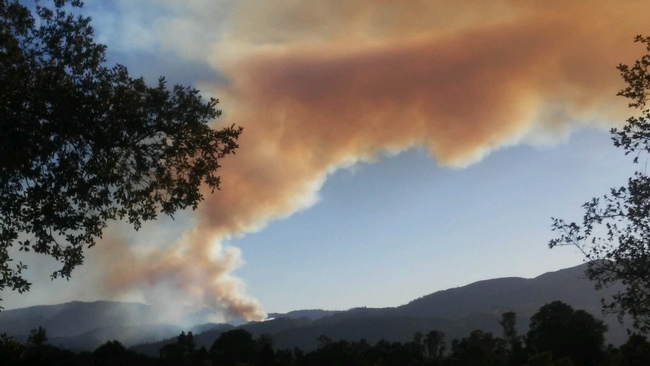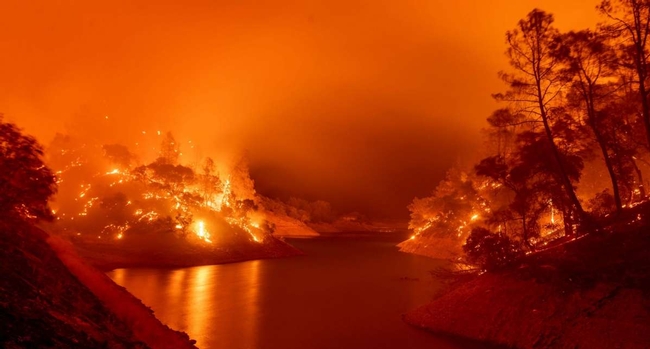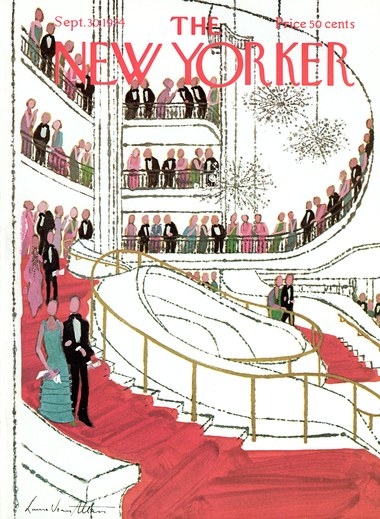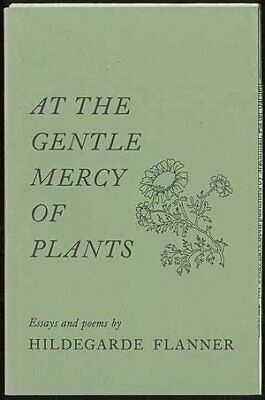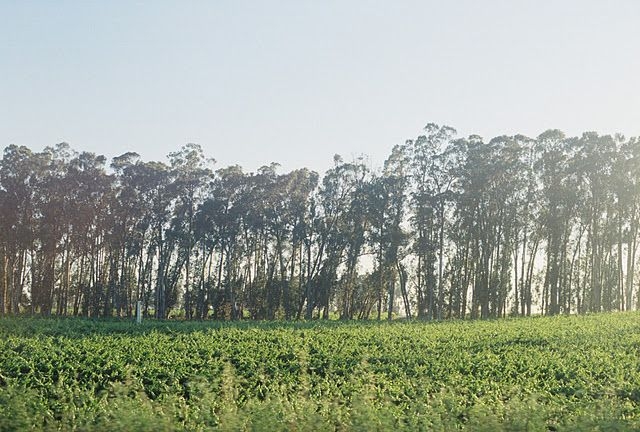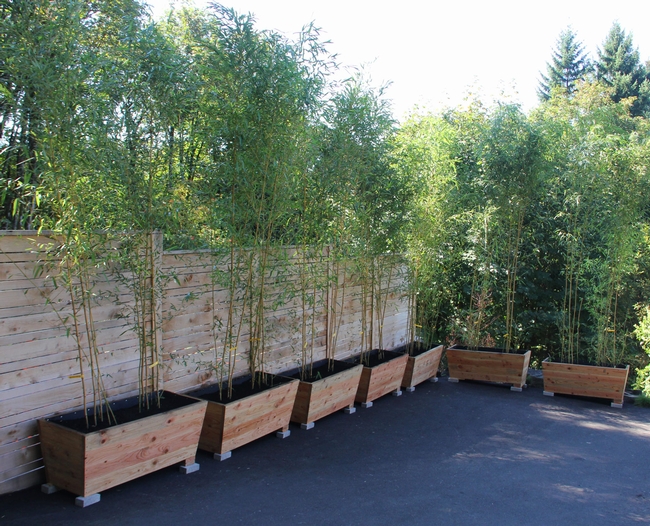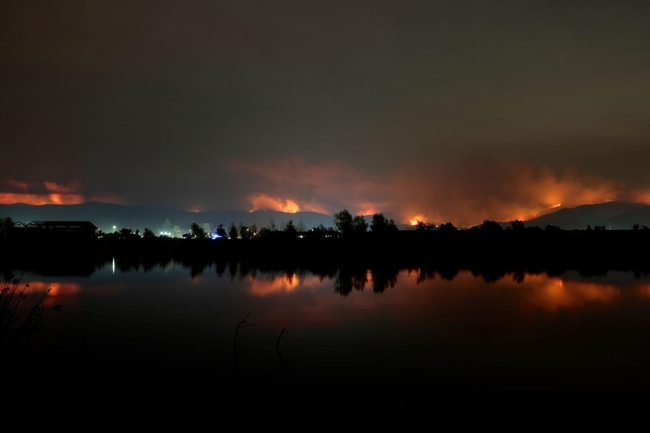By Cindy Watter, UC Master Gardener of Napa County
Not long ago I wanted to work in my yard but the noise from a project next door was unbearable. So I went inside and looked for some gardening books to get a few ideas and perhaps even some inspiration. Rather like Goldilocks, I was looking for a book that was "just right."
Katherine White, with her essays about gardening in a New England climate, didn't work. Neither did Gertrude Jekyll, with her imperious tone that was propped up by a legion of gardeners. I finally pulled down a book by a writer I had found in the 1970s: At The Gentle Mercy of Plants by Hildegarde Flanner.
I first discovered Hildegarde Flanner from an essay in The New Yorker entitled "Wildfire: Berkeley, 1923." Years later, I found the essay again in the above-mentioned book, which is still in print. Flanner, who spent the last 25 years of her life in Calistoga, was originally from the Midwest. She was the youngest of three daughters and moved with her mother to California after her father died.
One of her sisters, Marie, moved to New York to teach music. The other, Janet, became the celebrated "Letter From Paris" writer for The New Yorker. Hildegarde Flanner was not as famous as her sister (or her husband, the architect, artist, and teacher Frederick Monhoff), but she was a wonderful writer and poet who deserves to be better known.
According to a firefighter the Flanners met after they returned to their destroyed house, the Berkeley wildfire was started by a power line igniting a grass fire in Wildcat Canyon. Flanner's description of the dry weather, the wind and the smoke, as well as the feeling of alarm and helplessness, sounds familiar to many of us in Napa. After losing the house in Berkeley, Flanner lived in Pasadena with her mother and husband, and they endured several more fire evacuations.
One might wonder why they continued to live in an area that was so vulnerable. Her answer is that fire is part of the western landscape. "It is in the earth,” she wrote. “It is in the air. It is rooted in the chaparral. It lies ready to leap up from the yellow grass of summer. During the rainless months it is a dread, a menace, and we never forget it. It is fire. We fear it and we hate it, but we settle our lives and our homes in its territory because that is where the excitement of beauty is naturally established—the richest views, the loveliest valleys."
Flanner became profoundly attached to the places she lived, and her gardens were a big reason why. In Pasadena, she said the early missions influenced garden layouts, with square beds surrounded by pathways. She filled her beds with "a rabid jungle of plants madly embracing each other and suffocating their mates out of existence." She favorited flowers and fruit trees of staggering abundance.
Flanner had a gardener/handyman who was perhaps the earliest adopter of the sharing economy. He moved people's plants from one home to another, depending on who needed them more. No one seemed to mind.
In her essay "Gentle Aliens: A Strolling Conversation," Flanner described the semitropical exotic trees that have been introduced in California as being so numerous that instead of altering the environment, they have become the environment. She goes into some detail about the eucalyptus, which was brought to San Francisco from Australia by a Mr. Walker, in 1855. It became so ubiquitous that many people thought it was native. The introduction of exotic trees became a craze in California and is exemplified in Napa by our own Fuller Park.
After engaging in battle with an invasive bamboo a few years ago, I am not a fan of the plant, but Flanner's essay "Bamboo: An Honest Love Affair" might make me rethink that attitude. She loved bamboo and planted many different kinds when she lived in Napa County. Flanner appreciated bamboo's history. It has provided food, building material and artistic inspiration. It is also beautiful.
Hildegarde Flanner's writing creates a sense of place. I feel as if I have been launched into her personal landscape when I read her work. She helps me appreciate where I live.
If you would like to learn more about trees in Napa, or keep a record of your own gardening efforts, check the UC Master Gardeners website for our guide to local trees and our month-by-month gardening guide.
Napa Library Talk: “Cool Tools and Gifts for Gardeners” on Thursday, December 3. Register to get Zoom link. http://ucanr.edu/wildlifehabitat2020
Got Garden Questions? Contact our Help Desk. The team is working remotely so please submit your questions through our diagnosis form, sending any photos to mastergardeners@countyofnapa.org or leave a detailed message at 707- 253-4143. A Master Gardener will get back to you by phone or email.
For more information visit http://napamg.ucanr.edu or find us on Facebook or Instagram, UC Master Gardeners of Napa County.
Attached Images:
